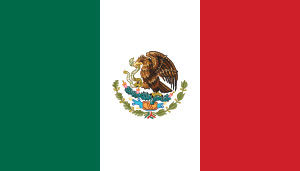Ever wonder what a tariff code is? The Harmonized Item Description and Coding System (HS) identifies products by a 6-digit number cataloged in the World Customs Organization’s Harmonized Commodity Description and Coding System. To this 6-digit number countries add their own numbers to further classify products and define duty rates according to category, product type, and materials. End result: a tariff code!
Why should you care? Because countries use their Harmonized Tariff Schedules (HTS) to classify products coming into their territory and combine this information with country-of-origin certificates to calculate tariffs and customs duties. Tracking HTS data can help companies maximize the use of free trade agreements and tariff exemptions.
And there’s another, more immediate benefit to understanding tariff codes, particularly when it comes to Mexico. When LARCG starts a new project to secure approval for a product in Mexico, one of the first things we do is ask our client to provide us with their product’s “tariff code.”
Just to be clear: We don’t choose the tariff code — the client does. But what we need is the Mexican tariff code, not the U.S. code (a common misconception). Mexico also requires the appropriate code to be printed on the NOM certificates it issues — all the more reason to get it right from the get-go.
To help clients determine the correct Mexican tariff code for their product, we provide a list of options on our website: https://bit.ly/31o2jRH.
It’s a very extensive list, however, so translating the U.S. code to the Mexican one can still be challenging. Here’s a tip: the Mexican tariff code has 8 digits, with the first 6 digits usually the same as the U.S. HS code. That narrows the possibilities.
Don’t let tariff codes flummox you — we’re happy to field questions about tariff codes, or anything else related to the homologation process in Mexico or any other LATAM country. We look forward to hearing from you.

